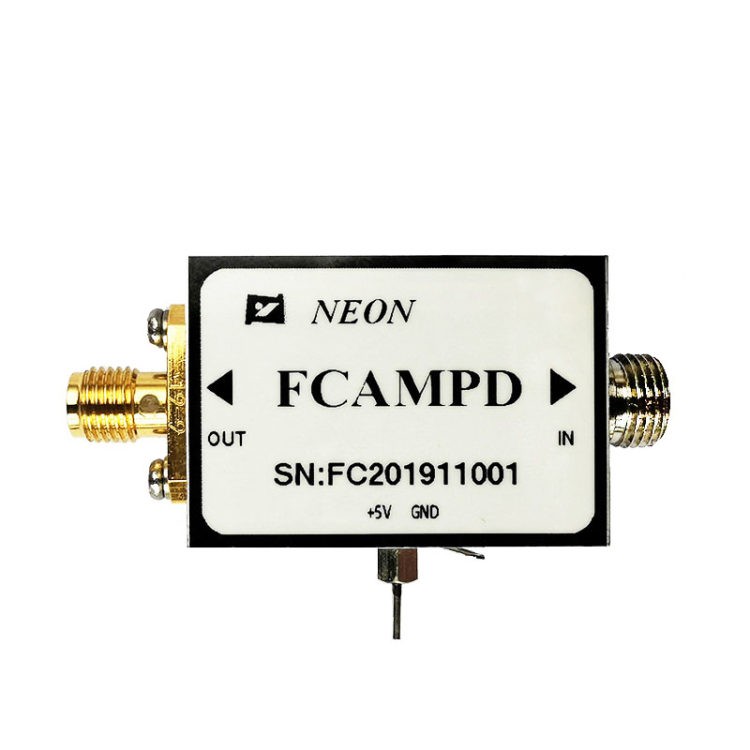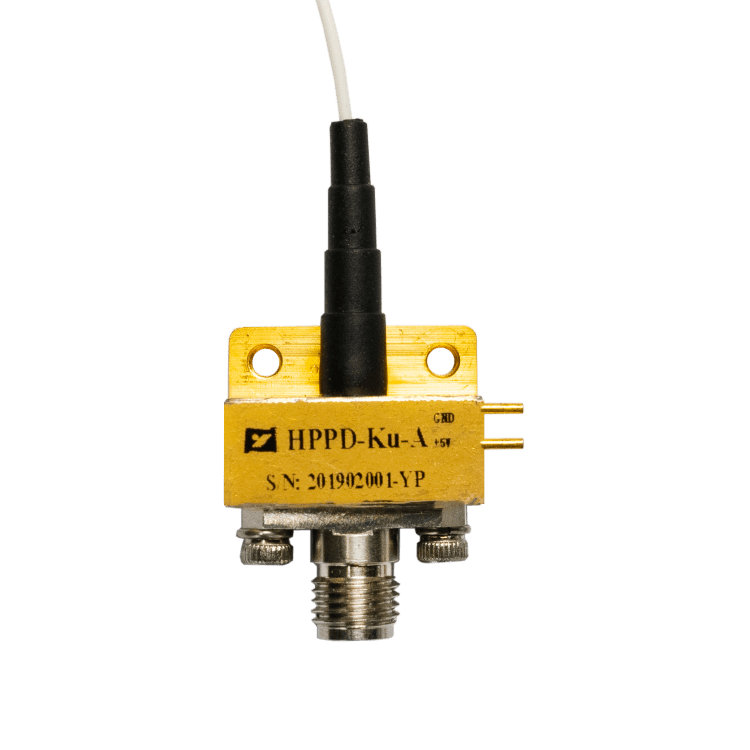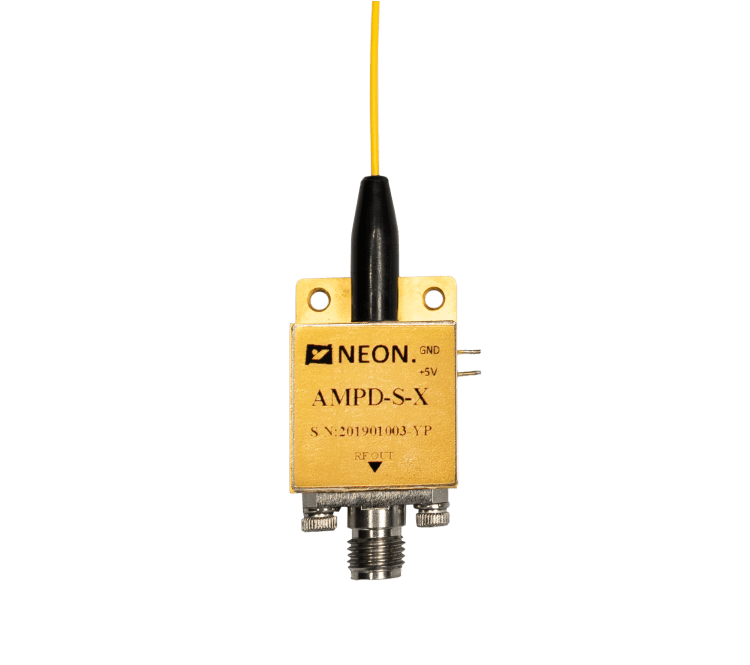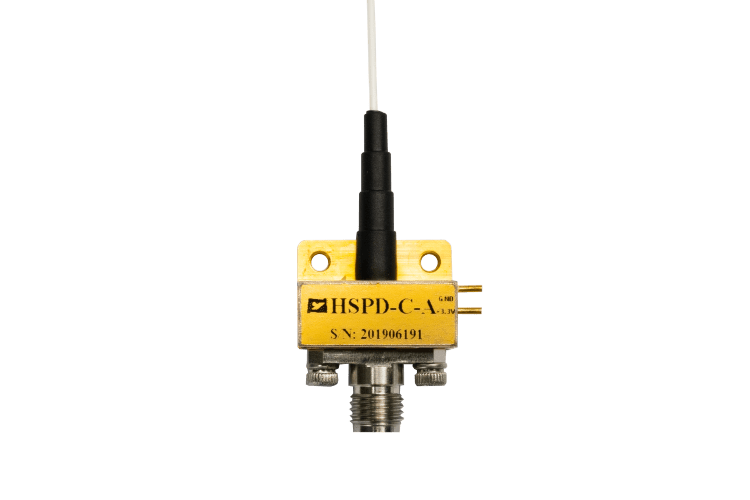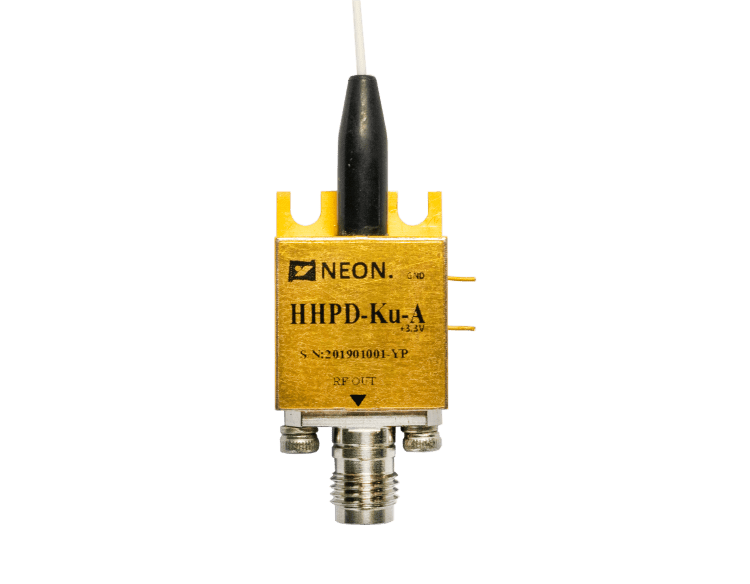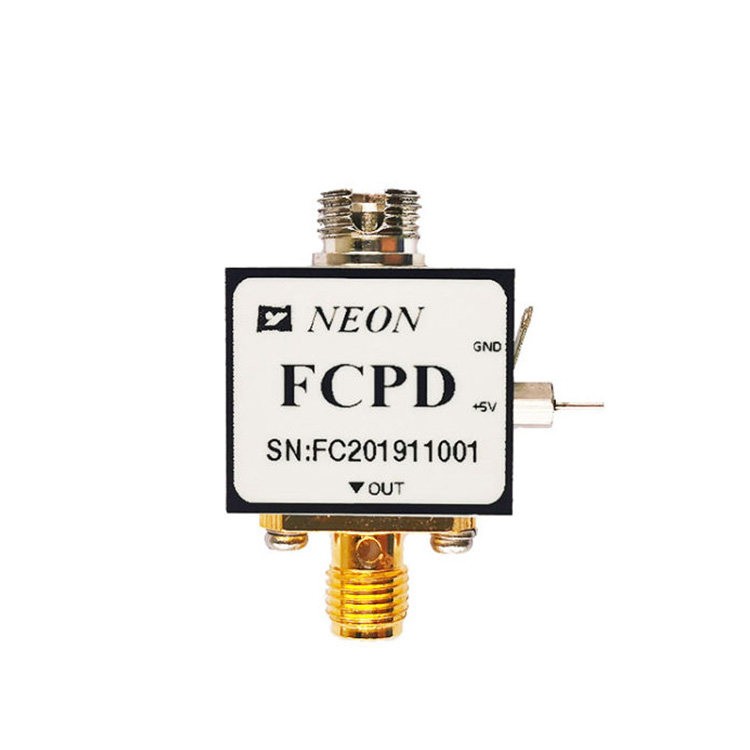Photodetectors: Illuminating Precision and Efficiency in Industrial Automation Manufacturing
In the realm of industrial automation, precision, efficiency, and safety are paramount to achieving optimal manufacturing outcomes. Photodetectors, versatile and sensitive electronic devices that convert light into electrical signals, have emerged as indispensable tools in this domain, revolutionizing manufacturing processes and enhancing product quality. This article delves into the multifaceted applications of photodetectors in industrial automation, exploring their role in streamlining production, ensuring product integrity, and safeguarding workers.
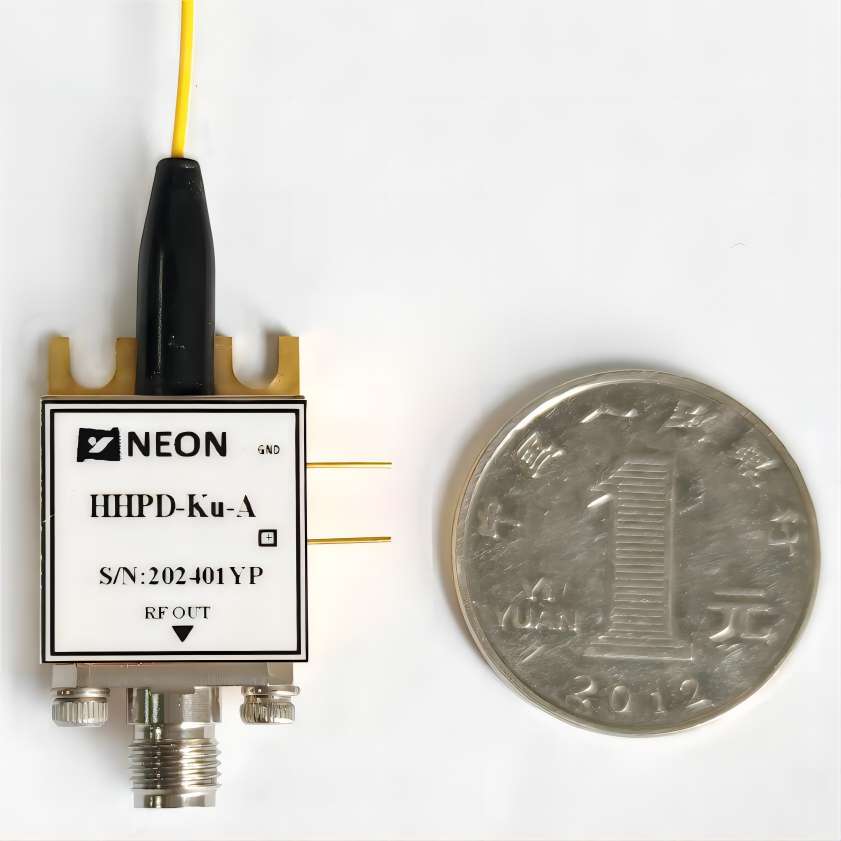
Applications of Photodetectors in Industrial Automation Manufacturing
Presence Detection and Object Counting: A Symphony of Light and Signals
Photodetectors excel in discerning the presence or absence of objects, playing a pivotal role in industrial automation. Along conveyor belts, photodetectors monitor the movement of products, ensuring their smooth transition and preventing jams. In packaging and filling applications, photodetectors verify the proper filling of containers, preventing overfilling or underfilling that can lead to waste or product inconsistency. Furthermore, photodetectors accurately count parts or components during assembly processes, safeguarding against discrepancies that could compromise product integrity.
Part Orientation and Positioning: Aligning Perfection
Photodetectors contribute to the precise alignment of objects, ensuring seamless integration and optimal manufacturing outcomes. In machine assembly, photodetectors guide components into alignment, ensuring their proper insertion or attachment. Similarly, in robotic applications, photodetectors precisely position objects for accurate processing, minimizing defects and enhancing product quality.
Barcode and Label Scanning: Deciphering the Language of Products
Photodetectors empower the identification and tracking of products throughout the manufacturing process, facilitating efficient data management and inventory control. Barcode scanners, equipped with photodiodes, capture and decode barcodes, providing real-time product information. This enables seamless tracking of products through various stages of production, ensuring accurate inventory management and traceability.
Safety and Hazard Detection: A Shield Against Industrial Perils
Photodetectors safeguard workers and machinery from potential hazards, fostering a safer and more secure industrial environment. In proximity sensing applications, photodetectors prevent collisions between objects or vehicles, minimizing the risk of accidents and property damage. Additionally, photodetectors monitor hazardous environments, such as those with high temperatures or toxic substances, alerting workers to potential dangers and prompting safety measures.
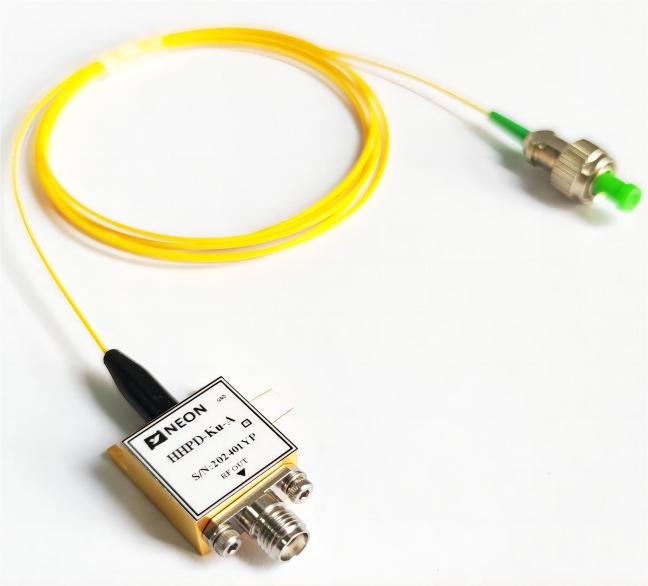
Types of Photodetectors Used in Industrial Automation
Photodetectors come in various forms, each tailored to specific applications within the industrial automation landscape. Their diverse characteristics and operational principles enable them to address a wide range of sensing and detection needs.
Photodiodes: The Versatile Workhorses
Photodiodes are the most prevalent type of photodetector, renowned for their ability to convert light into electrical signals with exceptional sensitivity and a broad spectral range. They operate by absorbing incoming light and generating an electrical current proportional to the light intensity. This simple yet effective mechanism makes photodiodes well-suited for a vast array of industrial applications.
- Presence Detection: Photodiodes excel in detecting the presence or absence of objects. Their ability to discern even faint light signals makes them ideal for monitoring conveyor belts, verifying container filling levels, and counting parts or components.
- Barcode Scanning: Photodiodes play a crucial role in barcode scanning systems, capturing and decoding the barcodes that encode product information. Their high sensitivity enables them to read barcodes accurately, even under challenging lighting conditions.
- Object Counting: Photodiodes accurately count objects as they pass through a light beam, ensuring precise inventory tracking and production control. Their ability to differentiate between individual objects makes them invaluable in applications ranging from pharmaceutical packaging to automotive assembly.
Phototransistors: Amplification for Enhanced Control
Phototransistors amplify light signals, converting them into electrical currents suitable for controlling electronic circuits. Their ability to amplify weak light signals makes them ideal for applications where precise control and high sensitivity are paramount.
- Proximity Sensing: Phototransistors excel in proximity sensing applications, detecting the presence of nearby objects. They are widely used in safety interlocks, preventing collisions between machinery and workers.
- Machine Safety Applications: Phototransistors are instrumental in machine safety applications, ensuring the safe operation of industrial machinery. They can detect the presence of human hands or other objects in hazardous areas, triggering safety measures to prevent accidents.
Photo Interrupters: Simplicity and Robustness
Photo interrupters operate on a simple yet robust principle: detecting the interruption of a light beam. They consist of a light emitter and a light detector, and their functionality relies on the disruption of the light path between the two.
- Part Orientation and Positioning: Photo interrupters are widely used in part orientation and positioning applications. They can detect the precise alignment of components before assembly, ensuring proper fit and functionality.
- Counting: Photointerrupters accurately count objects as they pass through a light beam, providing reliable inventory control and production monitoring. Their simple design makes them a cost-effective solution for repetitive counting tasks.
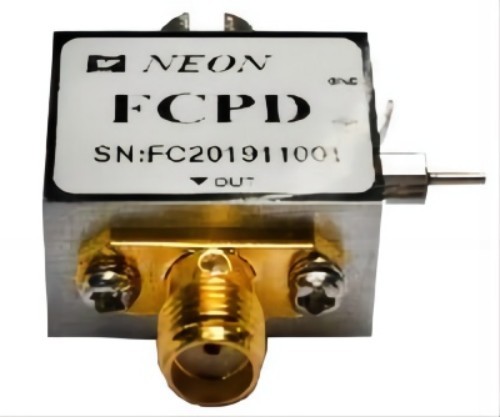
Unveiling the Benefits: A Symphony of Advantages
The integration of photodetectors into industrial automation systems yields a multitude of benefits, propelling manufacturing processes to new heights of efficiency and precision.
- Enhanced Precision and Accuracy: Photodetectors minimize errors and inconsistencies, ensuring product quality and adherence to specifications. They enable precise alignment, accurate counting, and reliable detection, eliminating defects and safeguarding product integrity.
- Improved Efficiency and Productivity: Automated tasks and reduced manual intervention streamline production, increasing speed and throughput. Photodetectors facilitate continuous monitoring and control, preventing production bottlenecks and optimizing resource utilization.
- Optimized Resource Utilization and Minimized Downtime: Photodetectors provide real-time data and feedback, enabling predictive maintenance and proactive troubleshooting. This reduces downtime, improves machine uptime, and extends equipment lifespan.
- Enhanced Safety and Worker Protection: Photodetectors safeguard workers from potential hazards, creating a safer and more secure working environment. They prevent collisions, detect hazardous conditions, and trigger safety measures, minimizing the risk of accidents and injuries.
- Reduced Costs and Improved ROI: The benefits of photodetectors translate into significant cost savings and improved return on investment. They minimize waste, reduce rework, and enhance product quality, ultimately contributing to increased profitability.
Embracing the Future of Industrial Automation
As the manufacturing landscape embraces Industry 4.0 principles, photodetectors are poised to play an even more pivotal role in driving automation and innovation. Advancements in photodetector technology, such as the development of miniature and low-power devices, will further expand their applicability, enabling real-time monitoring, predictive analytics, and autonomous manufacturing processes.

In conclusion, photodetectors have emerged as transformative tools in industrial automation, illuminating the path towards precision, efficiency, and safety. By harnessing the power of light, photodetectors are revolutionizing manufacturing processes, enhancing product quality, and safeguarding workers, paving the way for a future of intelligent and sustainable industrial automation.


